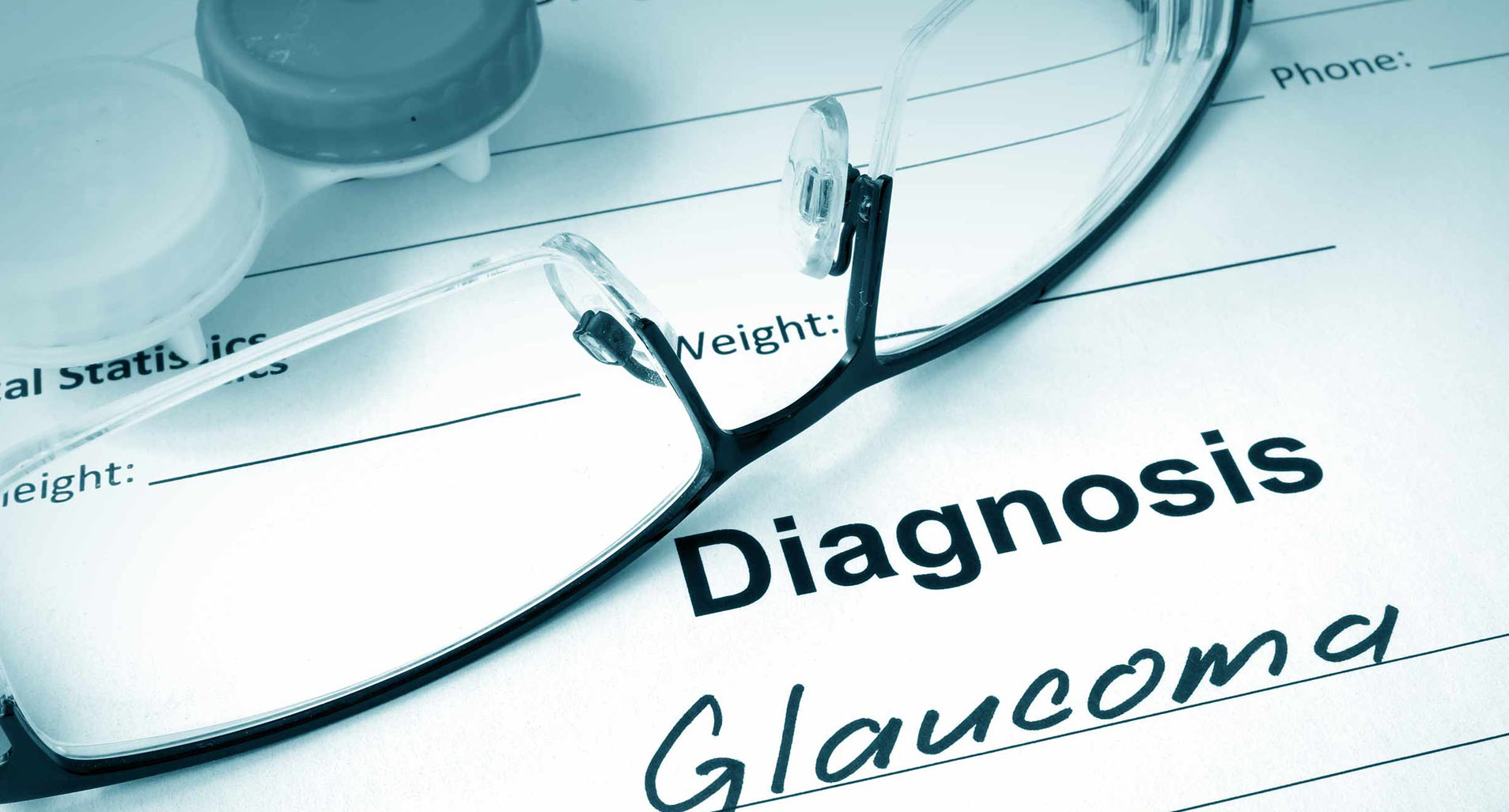News
Fireworks Eye Safety
Posted 7/01/19 (Mon)
Written By: Dan Gudgel
Reviewed By: Thomas L Steinemann MD
The numbers are clear: fireworks are dangerous, and the month around July 4th is the most dangerous time. According to the U.S. Consumer Product Safety Commission's most recent annual fireworks injury report (PDF) fireworks caused eight deaths and nearly 13,000 injuries in 2017. Two-thirds of the fireworks injuries treated in emergency rooms happened between mid-June and mid-July.
Fireworks may be advertised like toys around the Fourth of July. You may think you know how to handle them safely. But playing with fireworks can blind you or your loved ones. Leave fireworks to the professionals.
Real People, Real Injuries from Fireworks
- Jay: Fireworks Nearly Cost Firefighter His Sight
- Stacy: Woman's Vision Saved After Devastating Fireworks Injury
- Javonte: Firework Blinds Teenager, Severs Hand
- Jameson: Teen Blinded in One Eye by Fireworks
Facts About Eye Injuries
The most recent Consumer Product Safety Commission report found that 14% of fireworks injuries were eye injuries. In the most severe cases, fireworks can rupture the globe of the eye, cause chemical and thermal burns, corneal abrasions and retinal detachment — all of which can cause permanent eye damage and vision loss.
Children and young adults are frequent victims. Children age 15 and under accounted for 36% of the total injuries, according to the commission's report. And half of the injuries requiring an emergency room visit were to people age 20 or younger.
Even sparklers can be dangerous, as they burn at more than 2,000 degrees Farenheit. Sparklers were responsible for 1,200 of the injuries in the latest report, and a sparkler mishap caused one of the fireworks deaths reported in 2017.
The people injured by fireworks aren't necessarily handling the explosives themselves. In fact, 65% of people injured by fireworks were bystanders, according to another study. The statistics don't lie. Children and people not handling fireworks themselves are in as much danger as the people actually lighting fireworks.
